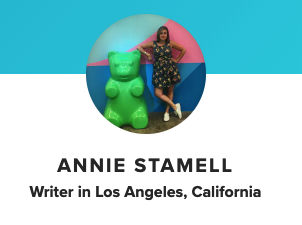One type of crypto algorithm is called quoting or fishing. With immediateedge you can get the best use of the same now. Before seeing what these algorithms are doing, it should be mentioned that there are two trading modes:
- One in which the person interested in buying or selling declares his intention to trade on the exchange transmitting an order specifying the desired price and quantity and this intention is recorded in a queue.
- One in which the person buys or sells by carrying out the transaction with someone who already exists on the exchange and the trading takes place immediately.
The first type of actor is called maker and his actions are called limit orders, and the second type of actor is called taker or aggressor and his actions are called market orders. If someone trades a very large quantity as a taker either intentionally or by mistake, the price can change significantly, and this move is almost always followed by a setback, in which the price goes up very quickly.

A simple strategy is to place orders as a maker at a certain distance from the current trading price and expect such special events, following which the algorithm will take advantage of the difference between the sudden movement of the price and the recoil. The risk, in this case, is that the sudden movement is followed by a price evolution in the same direction, the purpose is to find that optimal combination between the distance from the current price at which it is expected and the moment when the reverse transaction is made, so that the cases unfavorable to be offset by profitable cases.
Almost every exchange in the crypto space offers different commissions for those who offer liquidity makers and those who take liquidity takers. As a result, it may become profitable to build another type of algorithms, those of market-making, in which the intention is to buy and sell quasi-simultaneously as a maker or in the shortest possible time horizon, to reduce the risk generated by possible price movements.
This type of algorithm can be regarded as complementary to fishing, offers liquidity but does not expect special events but wants to exploit the lack of special events. And here the possibilities of implementation are varied, the basic idea is to take advantage of those times when the price is relatively stable and successive buying and selling can be made at a greater difference than the commissions. It can get more complicated versions of market-making in the growing distance between the time of purchase and profit potential is greater, the problem is reformulated in detecting the absence of a trend and predicting price volatility in a future time window. The risk is the same as in the previous case, if the price movement continues in an unfavorable direction, the algorithm will lose.
A final category of algorithms that mention and most complex, in fact, is the strategies towards national, which attempts to predict price movement. Part of these speculative strategies, where the distance between buying and selling is small, is often called scalping in the jargon of traders on the foreign exchange market. The term is most often used in the context of using technical indicators to make decisions. Combining such technical indicators with time series analysis metrics can be, in addition to a learning experience and the beginning of building a profitable algorithm.
